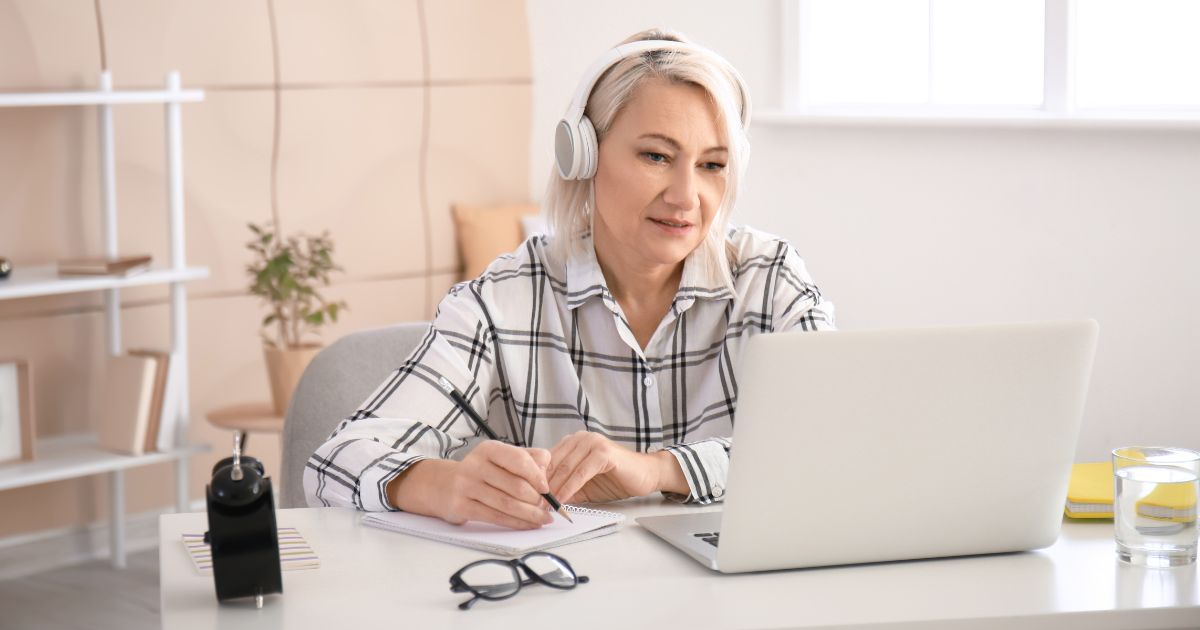COVID-19 forced tens of millions of students around the globe out of school buildings, leaving educators scrambling to design a fully remote distance education plan almost overnight. We’re all still reeling, but the abrupt pivot did have some silver linings, particularly around questioning long held educational constraints and embracing valuable virtual learning tools.
We can’t go back to the same K12 system that existed pre-pandemic; we can only create a new normal. While the vast majority of students may need the comradery and opportunity to develop relationships that result from some type of in person interaction, it doesn’t necessarily follow that all of these students are best served by returning to the “old school” model of receiving in person instruction five days a week, six hours a day inside the same four walls. Block scheduling has already shown us seeing kids every other day results in the same test scores as seeing them every day.[1] There is not one schedule which can be associated with the ideal student achievement record. Efficient use of classroom time and consistent use of effective teaching strategies, however, are clearly associated with student achievement.[2],[3]
The virtual learning tools we embraced during the pandemic created many opportunities to better serve the diverse needs of different populations of students by tailoring the use of classroom time and teaching strategies to each population’s and each student’s specific needs. A 2020 study out of South West England found that students coping with social anxiety and other mental health issues prior to lockdown actually had an increase in mental health and well-being when they had access to a fully remote educational experience. Research clearly indicates the benefits of breaks and pitfalls of over-scheduling, suggesting that a hybrid learning approach that allows for self-pacing rather than seat time for seat time’s sake might work well for many students. To create a K12 system that is equitable, rigorous, and relevant, we must design a system of differentiated learning that meets all students’ unique needs.[4] The possibilities presented by virtual learning tools are myriad and yet also exciting!
Strategic deployment of the technology and techniques adopted in 2020 also allows for a more strategic use of data to further differentiate instruction and meet students where they are. Predictive data allows educators to not only track how a student is currently doing, but understand what those trends might mean for that student’s future and intervene as needed.
Blending traditional in person and virtual learning by incorporating fully remote, hybrid, and re-imagined in person options not only better caters to the unique needs of different populations of students, but allows for better analysis of what’s working, what’s not, and how to further support students who need it before their situations become dire. Together we can build a new normal that’s virtually unstoppable!

Ann McGuire is an experienced marketer with more than 20 years creating content, marketing communications programs, and strategies for tech firms. She reads, writes, and lives in New Haven, CT with her husband and two needy cats.
Resources
Explore Learning Analytics Insights
Global Learning: The Future Ain’t What It Used To Be
Read why learning analytics is needed to assess critical thinking, empathy, and behaviors such as collaboration.
3 Ways (Good) Instructional Design Improves Learner Engagement
Discover how better instructional design will drive learners' engagement which leads to higher retention and completion rates.
Identifique las brechas en el desempeño y vincule la capacitación corporativa con la rentabilidad
Los gastos de capacitación aumentaron un 12% en 2020-21, lo que hizo que el gasto en capacitación corporativa solo en los EE. UU. ascendiera a la friolera [...]




